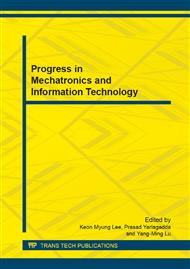p.302
p.308
p.312
p.316
p.321
p.326
p.333
p.338
p.343
Fast Fuzzy Search for Mixed Data Using Locality Sensitive Hashing
Abstract:
The drastic increase in data volume strongly demands efficient search techniques for similar data to queries. It is sometimes useful to specify data of interest with fuzzy constraints. When data objects contain both numerical and categorical attributes, it is usually not easy to define commonly-accepted distance measures between data objects. With no efficient indexing structure, it costs much to search for specific data objects because a linear search needs to be conducted over the whole data set. This paper proposes a method to use locality sensitive hashing technique and fuzzy constrained queries to search for interesting ones from big data. The method builds up a locality sensitive hashing-based indexing structure only with constituting continuous attributes, collects a small number of candidate data objects to which query is examined, and then evaluates their satisfaction degree to fuzzy constrained query so that data objects satisfying the query are determined.
Info:
Periodical:
Pages:
321-325
Citation:
Online since:
November 2013
Authors:
Keywords:
Price:
Сopyright:
© 2014 Trans Tech Publications Ltd. All Rights Reserved
Share:
Citation:


